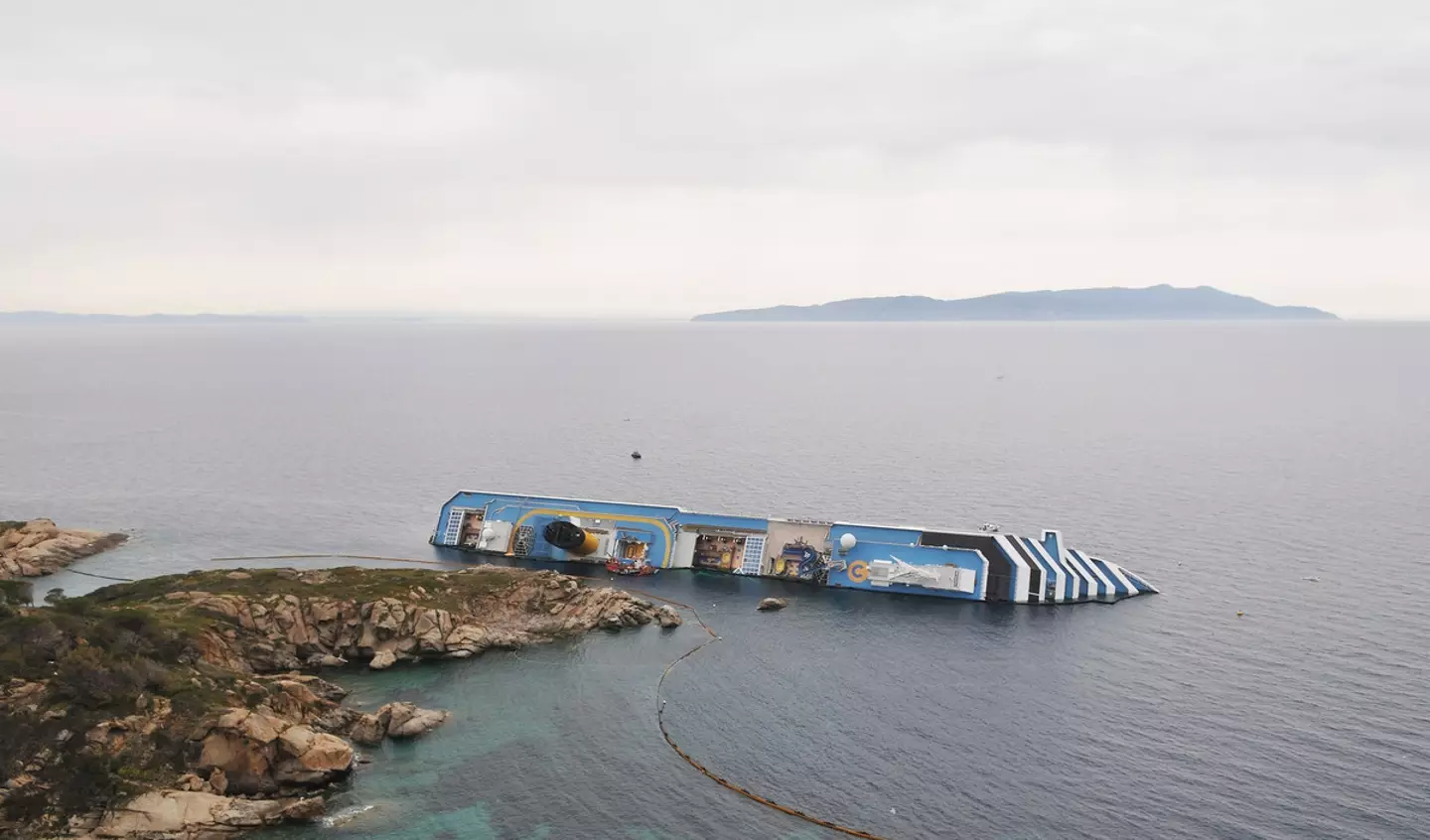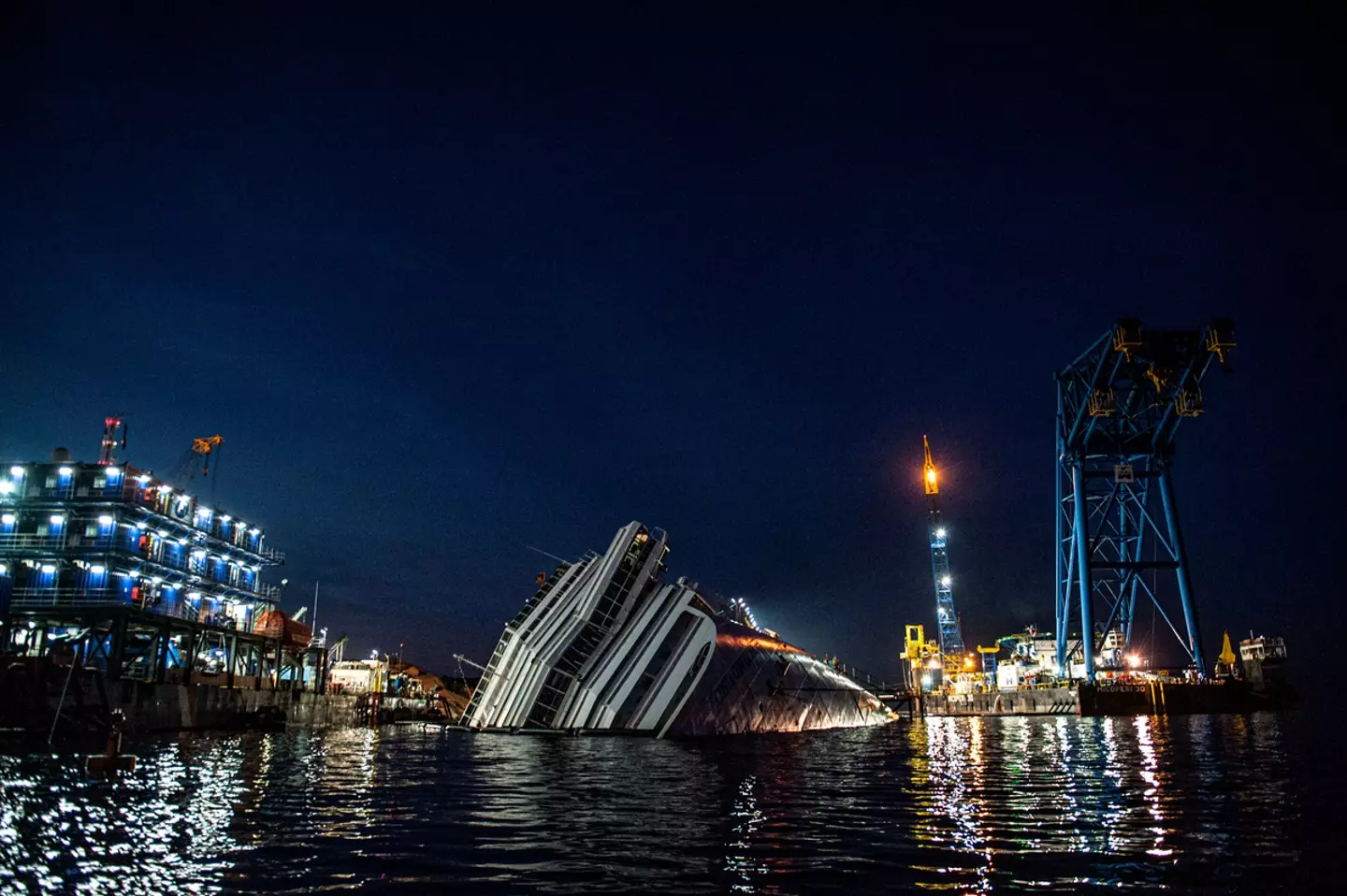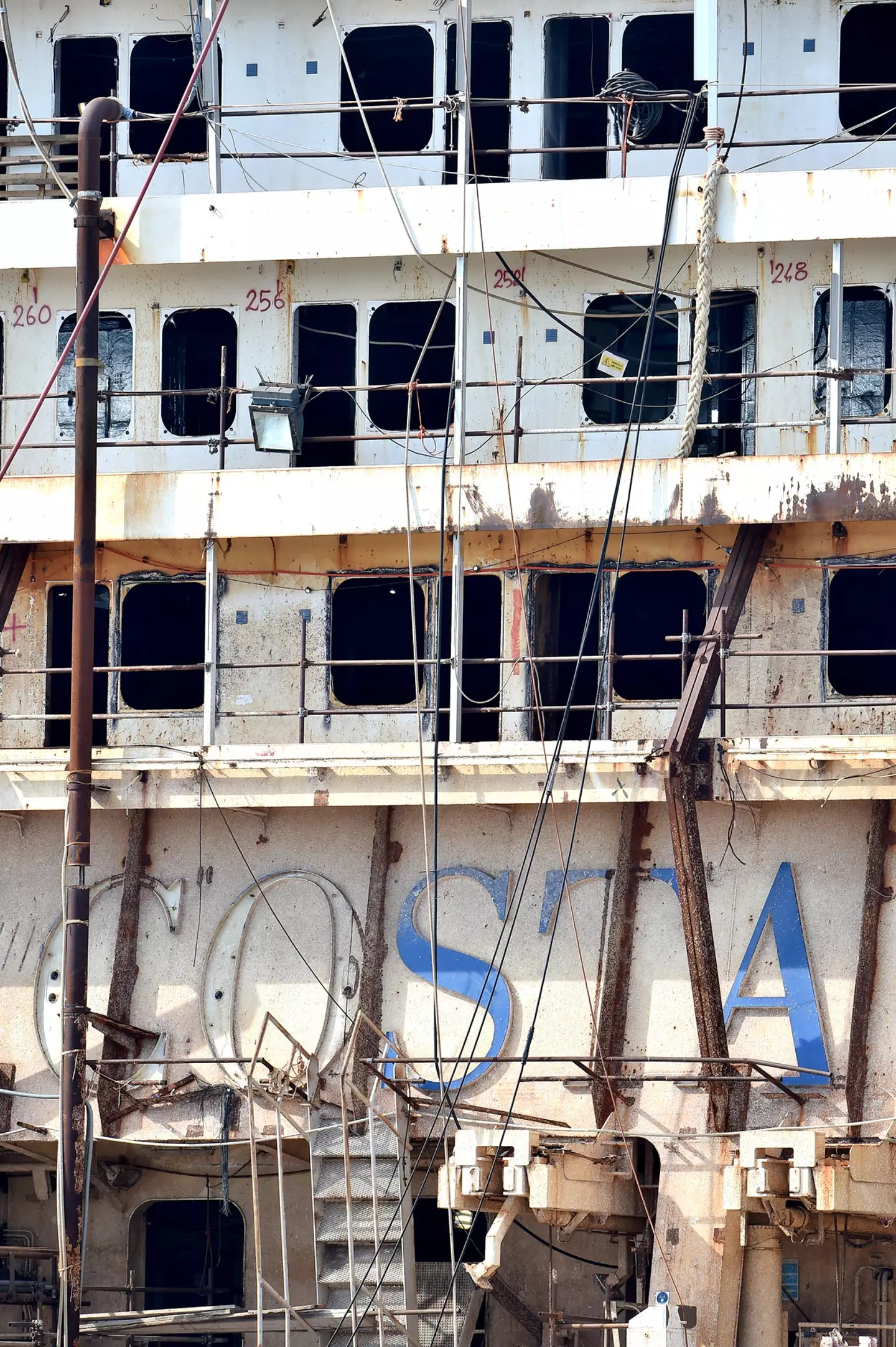
In 2012, a cruise ship disaster killed 33 of its passengers and crew members, with the captain's actions during the disaster leading to an investigation.
The disaster occurred just off the west coast of Italy, with the cruise ship on one of its routine voyages.

The Costa Concordia was an Italian cruise ship that, when launched in 2005, was Italy's longest cruise ship at a length of 290 metres.
Advert
Owned by Costa Crociere, it has a passenger capacity of 3,780, in comparison to the Titanic, which was only 269 metres long with a capacity of 2,435 passengers.
Known for its numerous luxuries, such as four swimming pools, a casino and reportedly the largest ever spa on a ship.
It took its maiden voyage in July 2006, a seven-day trip around the Mediterranean Sea with stops in Italy, France and Spain, which would go on to become its standard route.
It travelled along this route for the next five and a half years.

On 13 January 2012, the Concordia disembarked from Civitavecchia, Italy, with 1,023 crew members and 3,206 passengers aboard.
Advert
It approached Giglio Island hours later, deviating from its regular course, moving closer to the island for a maritime 'salute', where it would sound its horn.
However, a rock formation was noticed in the ship's path and Captain Francesco Schettino ordered a change in course, but due to language issues with the Indonesian helmsman, the ship was steered in the opposite direction.
Taking 13 seconds to correct the manoeuvre, the boat's bow swung clear but the stern caught the reef at 9:45pm, leaving a 53 metre tear in the port's left side.
Several areas of the boat, including the engine room, were flooded with the ship losing power.
Advert
As the engines and rudder stopped functioning, the ship couldn't be steered, but wind and the rudder's position steered the boat toward the island.
The captain downplayed the damage to the Italian coastguard at 10:14pm, noting that the ship only had a blackout, but 10 minutes later, he admitted that the ship was taking on water.

At 10:39pm, the first rescue vessel arrived, and just 15 minutes later, the captain ordered the ship be abandoned - even though reports say that lifeboats had been launched.
Advert
At 11:20pm, Schettino left the bridge and abandoned ship, later claiming that he fell of the ship and landed in a lifeboat.
13 minutes after this, the final crew member departed the bridge, despite the fact that 300 people were still on the sinking ship.
At 12:40 am, a coast guard called Schettino, who was in a lifeboat with other officers, and when ordered to return and oversee the evacuation, he refused.
Luckily, rescue operations has descended onto the scene and included 25 patrol boats, 14 merchant vessels and several helicopters.
Advert
By morning, 4,194 people had been evacuated to Giglio Island, with divers saving three more from inside the ship the following day.
Unfortunately, 32 people died in the disaster, and one member of the rescue team too, though the last body of a passenger wasn't recovered until November 2014.
Schettino and members of his team were charged with multiple offences, including manslaughter, with Schettino eventually convicted on all charges and sentenced to more than 16 years in prison.
Featured Image Credit: Fabrizio Villa/Getty Images / Laura Lezza/Getty ImagesTopics: Cruise Ship, Travel, World News, Crime